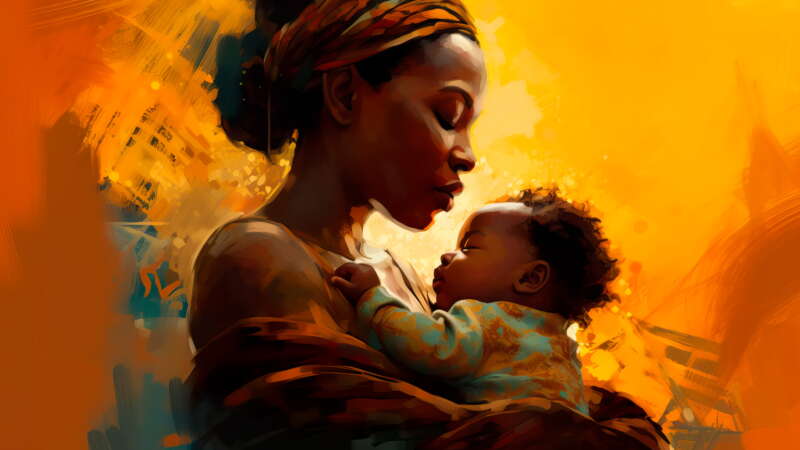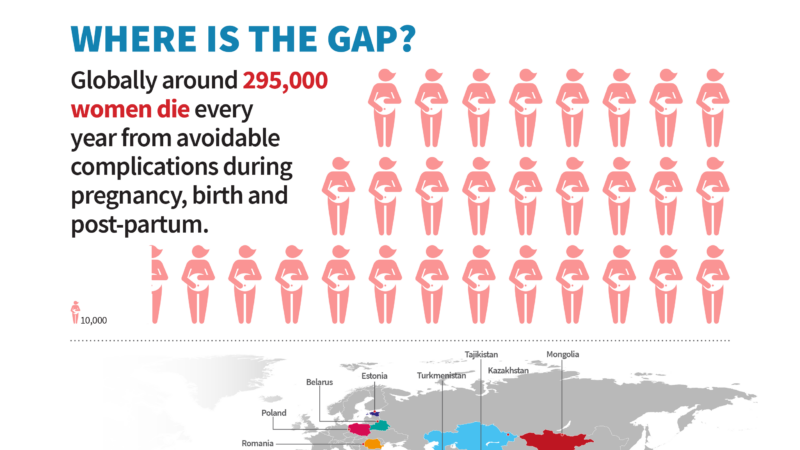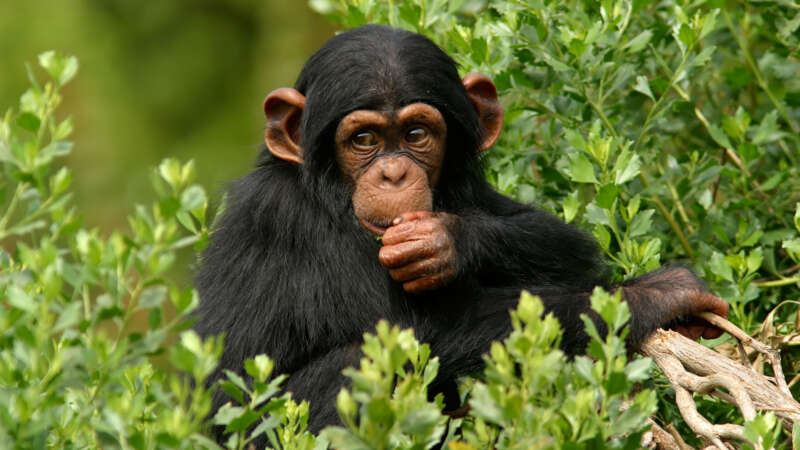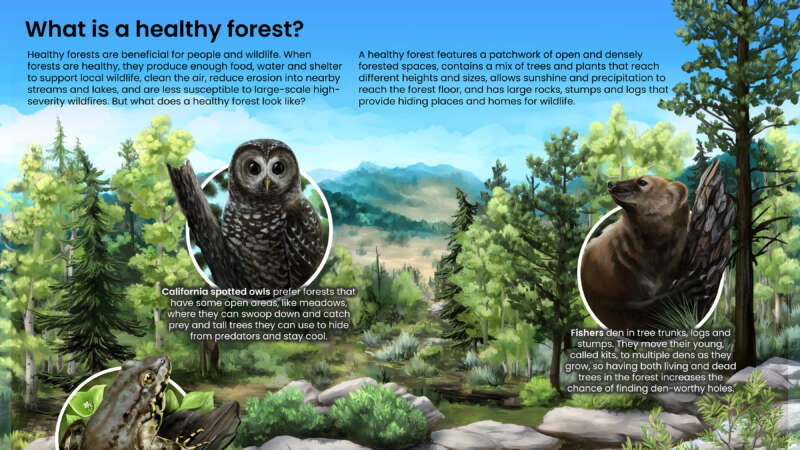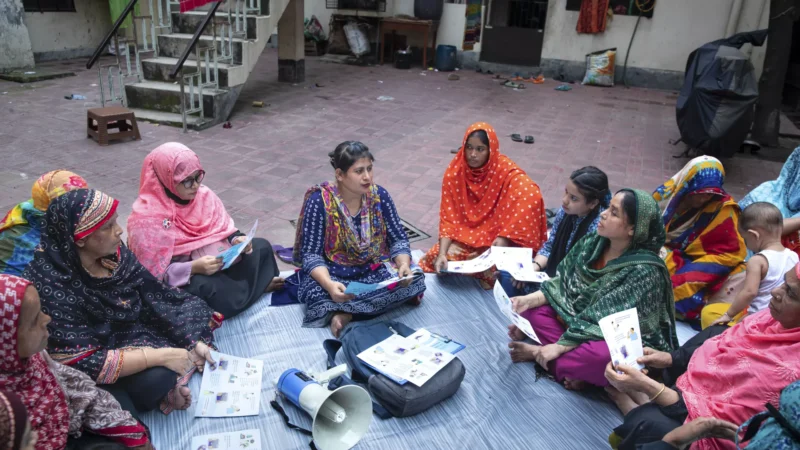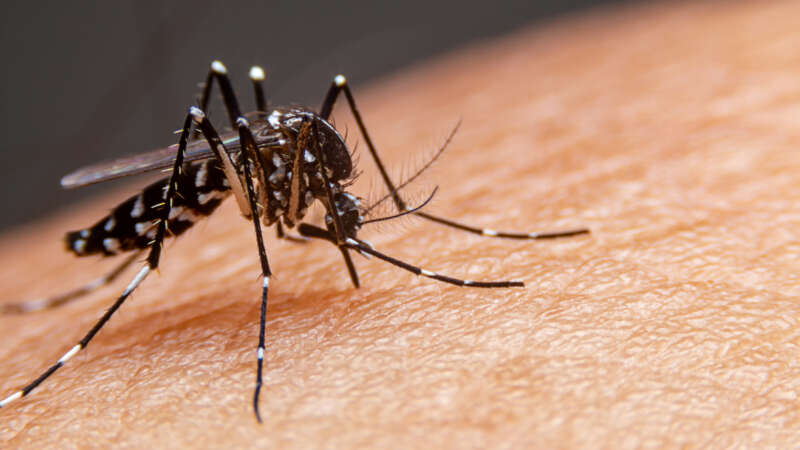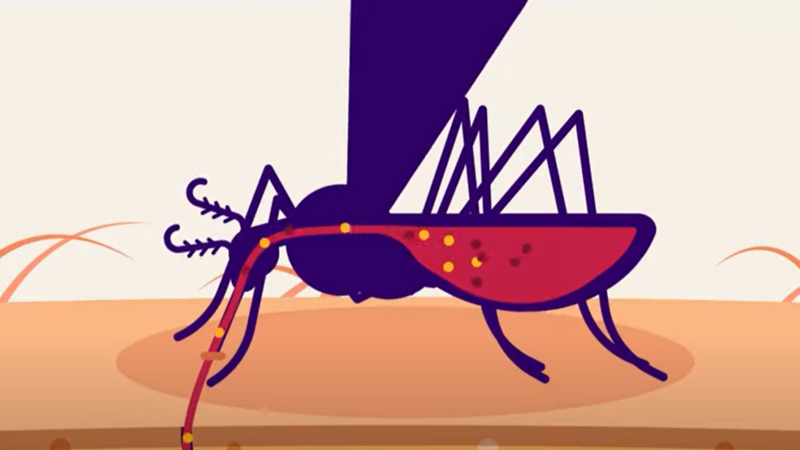public health landscape
Role of Social Determinants in Maternal and Child Health
About 287,000 women died during and following pregnancy and childbirth in 2020. Around 95% of these maternal deaths occurred in low and lower middle-income countries and nearly every death was preventable. Equally, children under the age of five continue to face differing chances of survival based on where they are born and raised.
A child born in sub-Saharan Africa is 11 times more likely to die in the first month of life than one born in the region of Australia and New Zealand, and a 15-year-old girl in sub-Saharan Africa is 400 times more likely to die in her lifetime due to issues related to childbirth than a 15-year-old girl living in Australia and New Zealand (with the ratio for SSA being 1 in 40, compared to ANZ being 1 in 16,000 women).
Where is the Maternal Health Gap?
Maternal health has long been a central focus in global initiatives, prominently featured in key frameworks such as the Millennium Development Goals (MDGs), the Sustainable Development Goals (SDGs), and the Global Strategy for Women’s, Children’s, and Adolescents’ Health.
Unfortunately, despite these efforts, the ambitious targets—particularly those aimed at reducing maternal mortality—remain unmet.
A recent report from the Copenhagen Consensus Center highlights these challenges, and this infographic offers further insight into the statistics.
Thomas Dambo: The Master of Upcycled Urban Sculptures
Thomas Dambo, born in Odense, Denmark in 1979, grew up in a creative and communal environment. From a young age, Dambo was encouraged to explore his creativity, building his first wooden box for his brother’s pacifier and scavenging materials to construct massive fortresses with his friends.
As a teenager, Dambo delved into street art, urban exploration, and graffiti. His passion for urban culture and hip-hop led him to become a beatboxer, touring with Norwegian rapper Skranglebein. In 2004, he formed the hip-hop super crew Fler Farver with his younger brother and friends, releasing nine albums and gaining significant recognition in the Danish underground hip-hop scene.
Jerry Franklin: The Father of New Forestry
Jerry Franklin, known as the “Father of New Forestry,” has made his mark in forest management for integrating ecological and economic objectives. His approaches, which faced skepticism initially, have become the standard in both environmental and timber industry circles.
Franklin began his career as a research forester for the USDA Forest Service in 1959. His early work included long-term experiments on forest ecosystems, particularly old-growth forests.
Chimpanzees May Self-Medicate With Plants, Using the Forest as a Pharmacy
Chimpanzees may be using the forest like their own personal pharmacy. When they’re sick, the primates appear to seek out and eat plants with antibacterial and anti-inflammatory properties, according to new research.
Observers have long suspected that chimpanzees use plants to self-medicate. Now, a new paper published last week in the journal PLOS ONE offers more evidence in support of this idea.
Researchers followed two groups of wild chimpanzees through Uganda’s Budongo Forest for eight months. They recorded what the animals ate, as well as whether they were sick—which they determined by checking their feces for parasites, testing their urine for elevated levels of immune cells and looking for wounds.
What is a Healthy Forest?
Healthy forests are beneficial for people and wildlife.
When forests are healthy, they produce enough food, water and shelter to support local wildlife, clean the air, reduce erosion into nearby streams and lakes, and are less susceptible to large-scale high-severity wildfires.
But what does a healthy forest look like?
Rogan Brown: The Science of Paper
Rogan Brown is an Anglo-Irish artist notable for his intricate paper sculptures that beautifully intertwine art and science. Drawing inspiration from the microscopic to the monumental—microbiology, botanical forms, geological structures, and marine ecosystems—Brown meticulously handcrafts and laser-cuts complex three-dimensional artworks. His pieces surpass mere representation, merging scientific accuracy with surreal artistic flair.
Shiuly Khatun: Dengue Warrior
Shiuly Khatun is a Field Supervisor at the Dhalpur Aalo Clinic in Dhaka, Bangladesh, where she manages and coordinates the clinic’s operations. Her daily responsibilities are vast and critical, ranging from mapping areas and dividing work for community volunteers to conducting health sessions and overseeing satellite clinic activities.
Dengue fever, once confined to the tropics, now threatens the U.S.
Climate change is expanding the habitat of the mosquitoes that carry the disease, allowing them to spread further north.
Meg Norris was traveling in Argentina in April when the first signs of dengue fever hit her. The weather in Salta, just south of the Bolivian border, was warm, but Norris, a 33-year-old from Boulder, Colorado, zipped a fleece sweatshirt around her body to stop herself from shivering.
“I thought it was sun poisoning,” she said.
Dengue Explained in Five Minutes
Check out this video by Free Med Education to learn about dengue fever, its cause, and its symptoms.
